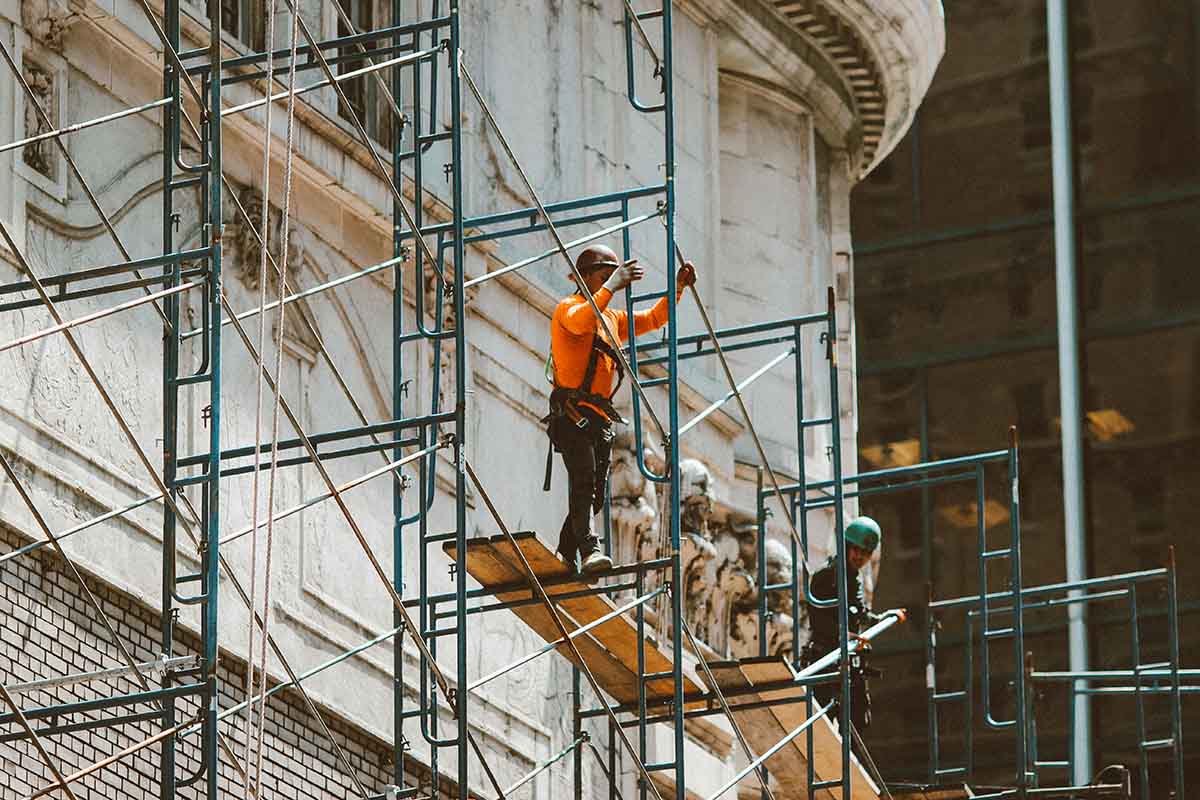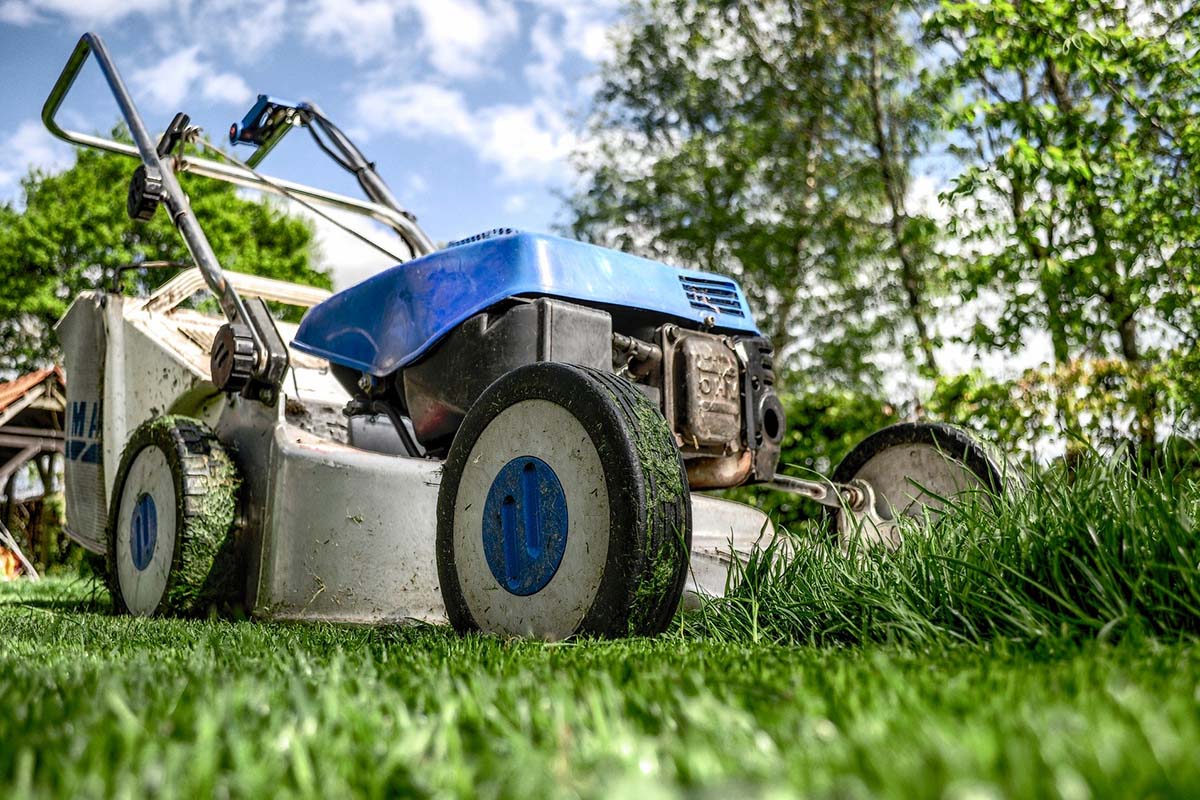Essential Safety Tips for Working at Heights
KEY POINTS
- Risk Assessments Save Lives: Identifying hazards like unstable surfaces and electrical risks is critical to prevent falls, constituting 13% of workplace fatalities.
- Training and PPE are Lifelines: Comprehensive safety training and consistent use of Personal Protective Equipment are essential for worker protection at heights.
- Regular Equipment Checks Ensure Safety: Diligent inspection of ladders, scaffolding, and fall protection systems is crucial to maintain safety standards and prevent accidents.
Working at heights is an integral component of many industries, from construction and maintenance to repair work. While necessary for progress and service delivery, working from heights carries inherent risks that must be carefully managed for safe operations.
In this article, we’ll look at essential safety guidelines for working at heights, including preventive measures, equipment usage, and best practices that ensure a safe working environment.
Conducting a Risk Assessment
Around 13% of workplace fatalities are as a result of falls from height. Before conducting any work at height levels, it is crucial to carry out an extensive risk evaluation.
This evaluation should include the identification of the following hazards: unstable surfaces, electricity, unfavorable weather, and objects falling to the ground.
Additionally, safety assessments must evaluate the structural stability of platforms used to carry out work tasks, and any scaffolding and ladders used to assess whether they can support the intended weight.
This study of the potential risks allows for the implementation of targeted safety strategies and measures that ensure the overall safety of the workplace is boosted.
Proper Training and Certification
One of the cornerstones of safety when working at heights is to ensure every member of your team completes work safely at heights training.
This curriculum should cover key topics like correct usage of equipment and emergency procedures practice, as well as familiarization with fall protection systems and an understanding of potential dangers effectively.
Refresher courses and updates on safety protocols should also be offered regularly to keep workers aware of their surroundings and capable of dealing with any unexpected exigencies or challenges arising in their work at heights.
Use of Personal Protective Equipment (PPE)
PPE (Personal Protective Equipment) serves as a critical safeguard for workers, protecting them against injuries sustained due to falls from elevated heights. From harnesses, helmets and gloves, all the way down to non-slip footwear, PPE plays an indispensable role in safeguarding workers’ welfare.
Consistent PPE maintenance and regular inspection are of utmost importance in order to guarantee its continued efficacy in protecting against accidents and mitigating injuries associated with working at heights. Conducting routine checks and adhering to an established maintenance schedule are indispensable measures that help safeguard its proper usage, thus guaranteeing its efficacy in keeping workers safe.
Secure Anchorage Points and Fall Protection Systems
Anchorage points play an integral part in fall prevention and protection systems, safeguarding workers at elevated levels. They must not only exist but be securely attached to stable structures that possess enough strength to sustain any anticipated load in case of a fall.
Guardrails, safety nets, or personal fall arrest systems should be utilized where needed, depending on specific work environments and tasks being completed.
Regular inspections of fall protection systems are of immense value in helping employers detect any wear or damage that might compromise the system’s ability to keep employees from falling, thus maintaining high standards of safety at work sites involving working at heights, mitigating associated risks, and safeguarding employees effectively.
Employees themselves can undertake these checks regularly, and report immediately if any problems emerge during these checks; something employers cannot achieve by themselves alone.
Safe Use of Ladders and Scaffolding
Ladders and scaffolding are indispensable tools used for accessing work at higher elevations, so it is vital that ladders meet both their intended task’s height requirements, as well as being properly secured to prevent slipperiness or instability.
Employing scaffolding requires workers with training in adhering to industry standards and guidelines for safe operations; this ensures the structure remains sound enough to bear its load safely.
Regular inspections of both ladders and scaffolding must form part of an employer’s overall safety protocol to identify any potential safety concerns or structural defects quickly, providing timely intervention or remediation that reduces associated risks effectively.
By prioritizing such measures, employers can help create a safer working environment for employees who operate at heights.
Bottom Line
Height-related jobs are inherently hazardous, requiring meticulous preparation and training to comply with safety precautions.
Proper risk assessment, education and certification courses, and careful use of personal protective equipment application are just some of the techniques to lower the likelihood of accidents and injury among workers.
Safety measures should be the employers’ top concern. By teaching safe work practices, you’re educating everyone involved for the common good in a secure working atmosphere.



















